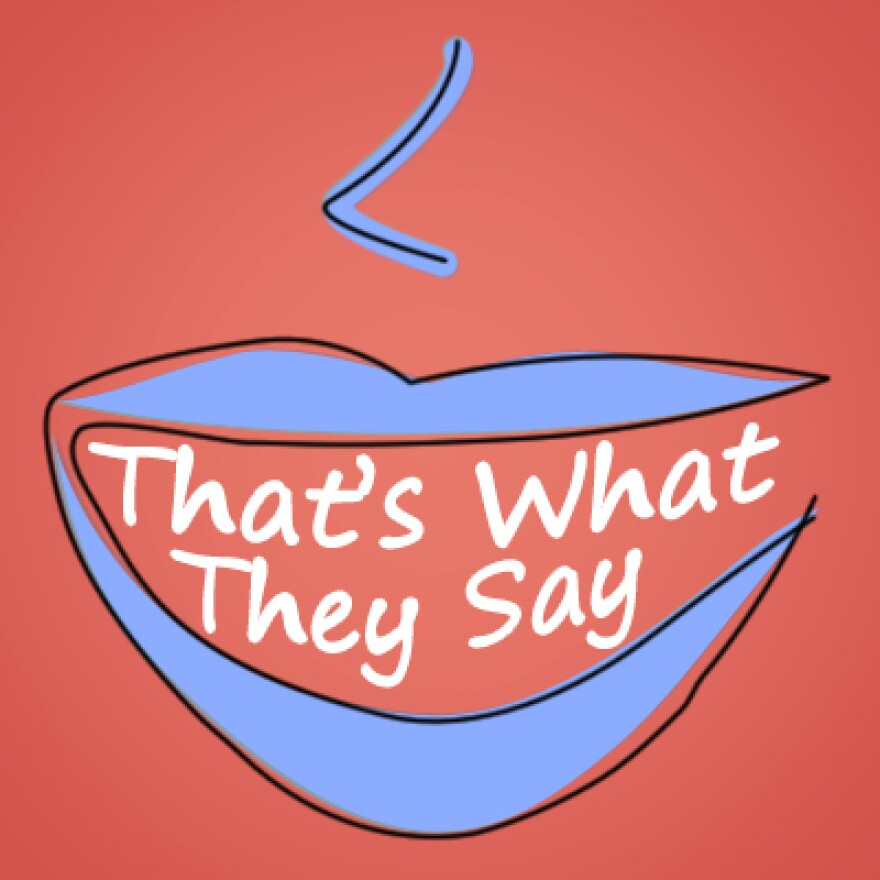If a child looks a lot like one of their parents, people will sometimes say they're the "spitting image" of the parent. But others will say the child is the "spit and image" of their parent.
So which is right? That's exactly what a listener from Kansas named Ken wanted to know.
"Growing up, I had always heard, or misheard, and repeated the phrase, 'spitting image' -- as in, he's the spitting image of his father," Ken writes.
Recently, Ken was reading a review for a camera when he saw the phrase "spit and image." Now he wants to know which interpretation is correct.
When you think about it, neither really make much sense.
"Spitting image" is particularly hard to pick apart, because we don't understand why an image would be spitting. However, "spit and image" makes sense if you know that spit can be a noun meaning image or likeness.
If that's the case, then "spit and image" is redundant but emphatic. If someone is the spit and image of someone else, then they're the image and the image.
But Yale linguist Larry Horn says that's not where this phrase comes from. In an article in American Speech, he says the phrase actually began as "spitten image."
"Spitten" is a regional, non-standard past-participle of spit. "Spitten image" refers to an image that someone has spit, just as the phrase "proven allegation" refers to an allegation that someone has proved.
But why spit? Fair warning, the answer delves into some adult content
Spit usually makes us think about saliva, but to figure out this phrase, you need to think about a different bodily fluid that can be, ahem, spit. One that's involved in the act of procreation.
Catch our drift?
If you use that meaning of spit, then you can imagine how a child could be seen as something that could be spit -- a spitten image of their parent.
Are there other phrases that sound so nonsensical, you're certain you must be mishearing them? Let us know at acurzan@umich.edu or rkruth@umich.edu.





